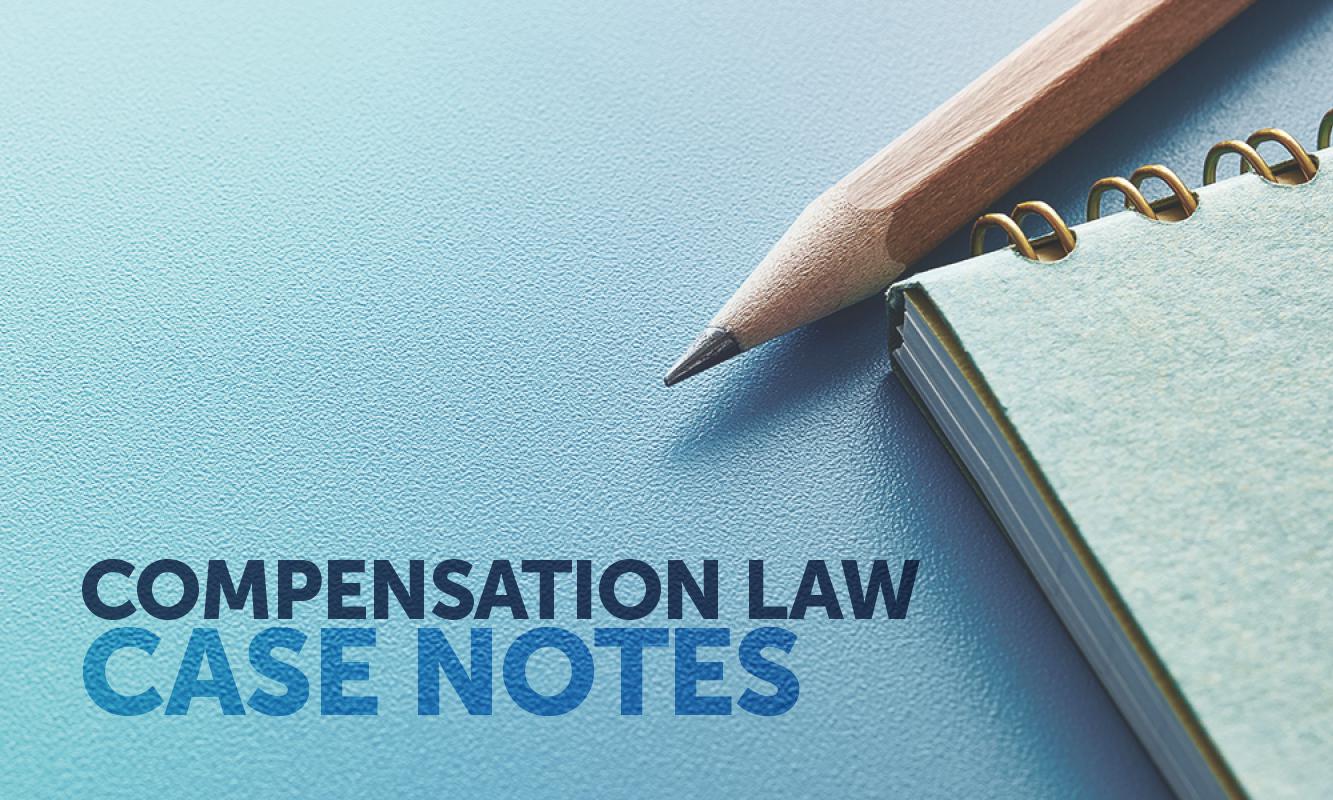The appellants were the owners of a short-stay holiday rental property where the respondent, and some of his friends, were staying as part of a golfing weekend.
After a presentation of the golfing results, the respondent was awarded some golf balls and, after dropping one of them, he went to retrieve it. The respondent took one step down some stairs. As the ball of his right foot landed, the respondent slipped on the edge which caused him to fall and sustain injury.
At trial, Strathdee DCJ found for the respondent and awarded him $284,092.18 in damages.
Decision
(1) appeal allowed
(2) orders 1 and 2 made by the District Court on 31 August 2021 were set aside and, in lieu thereof, the statement of claim was dismissed with costs.
Ratio
There were three main issues on appeal:
- the nature of the duty of care owed by the appellants
- the issue of breach and whether the appellants should have installed a handrail
- whether the installation of a handrail would have made any difference.
As to duty, the court found that the trial judge had misstated the duty in indicating that:
(1) The defendant owed a duty of care to the plaintiff as an invitee to the property and as a consumer of services pursuant to the rental contract.
(2) The duty of care included an obligation to ensure that the premises were safe and free of hazards.
(3) The obligation in relation to safety was an obligation to ensure that persons present could engage in ordinary social discourse and move around the premises freely and without encountering undue hazard.
The court considered that the primary judge’s reference to the respondent being a consumer of services, pursuant to the rental contract, was a distraction from the common law duty.
It was found that the appellants’ duty of care to the respondent, as a lawful entrant on the property, was simply “to take reasonable care to avoid a foreseeable risk of injury”: Australian Safeway Stores Pty Ltd v Zaluzna (1987) 162 CLR 479 at 488; [1987] HCA 7.
On the issue of breach, the primary judge had identified that the relevant risk of harm was “that of a person slipping or falling on external helical stairs where no handrail was present”. It was accepted that the risk of harm was one which was reasonably foreseeable within the meaning of s5B(1)(a) of the Civil Liability Act 2002 (NSW).
Two experts agreed that the stairs were made from a material which was safe and non-slippery, even when wet. The court found that there was no proper basis for the primary judge’s conclusion that the stairs were slippery due to the accumulation of sea spray, moss or a combination of both.
The description of the slip given by the respondent indicated that his fall was caused by an overstep which, significantly, both experts agreed could be mistaken for the sensation of slipping. The court found that the risk of a person slipping and hurting themselves on the stairs – whether from a slippery surface and/or from overstepping – was slight, inherent and obvious.
In relation to the precautions that a reasonable person would have taken, the court considered that the stairs were an unremarkable set of short (only three) outside steps. It was considered that, if a handrail was required for these steps to avoid a breach of duty, countless other short sets of helical steps would be required in houses across the country.
Their Honours held that the law “does not require that resources be spent on risks such as those at issue here which are slight, inherent and obvious. Life is not required to be lived surrounded by cotton wool”.
As to causation, the primary judge found that a handrail could have assisted in either preventing or mitigating a fall. On appeal however, the court found that:
- the respondent did not make use of a vertical pole next to the stairs
- the fall happened quickly
- he was holding golf balls in his hands in any event
- his own evidence was that he had stepped as far to the outer edge as he could go.
Against that background, it was held that there was no basis for suggesting the position would have been any different had a handrail been in situ.
This compensation law casenote appears courtesy of Travis Schultz & Partners (TSP), where the author, Jemma Barnard, is an Associate. As part of the firm’s commitment to providing ongoing legal education, TSP practitioners review relevant judgments and prepare case summaries for the legal profession. A free searchable catalogue of compensation law casenotes is available at schultzlaw.com.au/case-summaries (registration required). The full version of the judgments can be found at austlii.edu.au.













Share this article